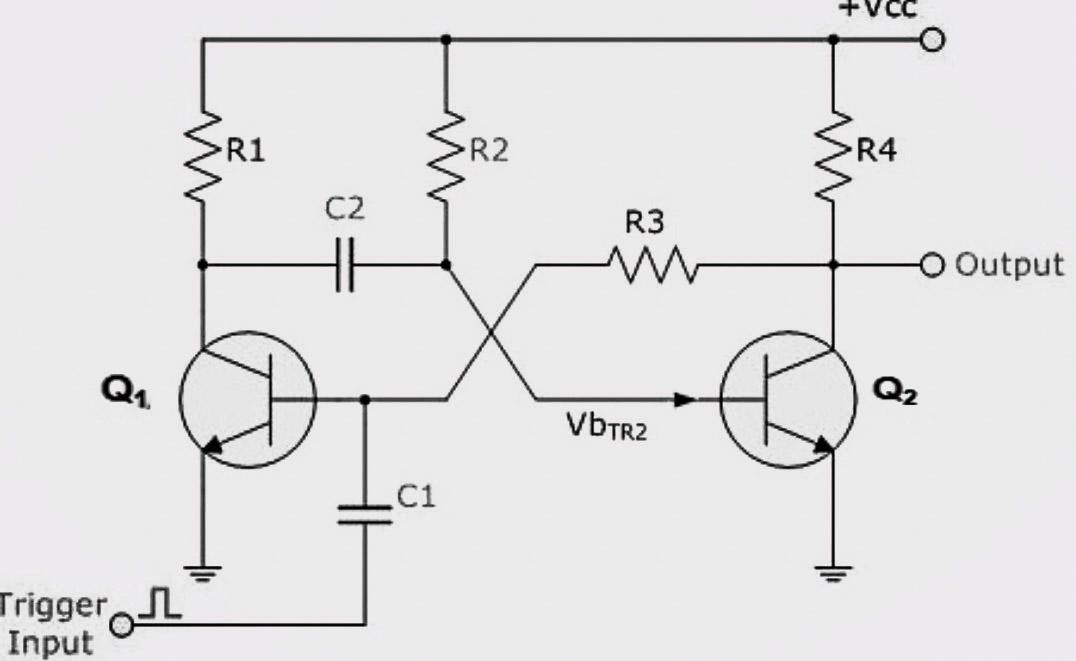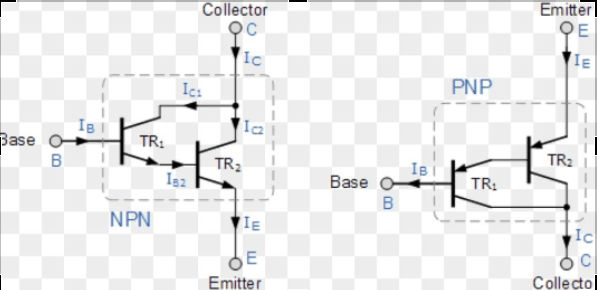BISTABLE MULTIVIBRATOR
picture courtesy : Google BISTABLE MULTIVIBRATOR Bistable Multivibrator or two-shot Multivibrator have two stable state, that’s why the name bistable Multivibrator. It will flipped from one stable state to another stable state by external trigger pulse. It requires two trigger pulses. In the application of first trigger pulse circuit will switches from one state another …




